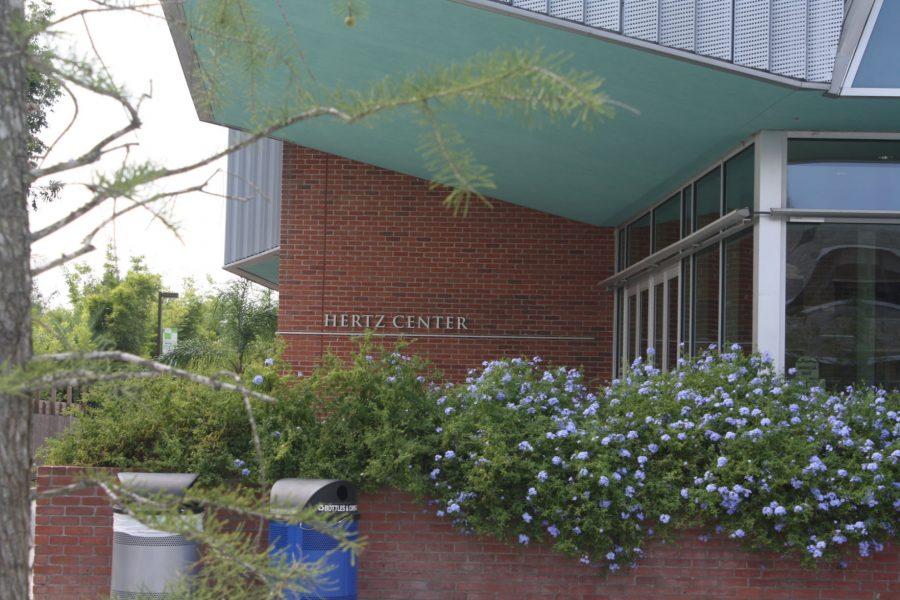Athletics’ resurgence since Katrina
August 29, 2015
Walking Tulane’s campus today, it seems impossible that destruction ever touched this place. With beautiful buildings, green quads, expansive trees and flowers abundant, it’s difficult to imagine that 10 years ago this university was brought to its knees for the first time since the Civil War.
For the majority of Tulane’s current student body, Katrina was merely an unfathomable and unfortunate story that was too far removed to be truly comprehended as elementary school students. Katrina is reduced to an afterthought, a small pang of sympathy on the few occasions it is remembered.
But while the average Tulane student may rarely recall Katrina, her effects can still be felt and seen. The spirit of rebuilding and service that has become an innate component of the Tulane identity is a result of the dismantling of the city. Tulane athletics has experienced a resounding revitalization of its own since Katrina.
In the last decade, Tulane has seen the opening of Yulman Stadium in 2014 which brought Tulane football back to campus for the first time in 38 years, as well as the move to the more competitive American Athletic Conference that year; in 2011, the Hertz Center was built, providing the court teams with a brand new and permanent practice facility; 2008 saw the completion of the Turchin Stadium renovations.
The regeneration of athletics has been a significant one, one that Tulane Athletic Director Rick Dickson believes would never have happened if not for the tenacity of the student-athletes that season.
The Friday following the landing of Katrina, Tulane’s President Scott Cowen cancelled classes for the semester and Tulane athletics found itself in an unprecedented situation. They were suddenly and unpreparedly faced with the decision to either cancel every fall sport season or to push through a semester homeless. Through a unanimous decision between both the athletes and the athletic department headed by Dickson, athletics would continue on and compete.
Their bravery in choosing to continue on that season might have earned them the 2005 Disney’s Wide World of Sports Spirit Award, but that season was the grim opposite of a Cinderella story. Before the storm, 2005 was expected to be an outstanding season for athletics – Tulane boasted a nationally ranked women’s golf team as well as men and women’s tennis teams; football was anticipated to have its best squad since the undefeated ‘98 team.
Katrina effectively washed all of those expectations away. In one fell swoop, she uprooted an entire city, leaving 308 student-athletes without anywhere to call home field. A football team that was projected to be a contender for the Conference USA Championship went 2-9 that season. More than just that, athletics was forced to cut half of their 16 programs despite the efforts of the student-athletes to persevere on.
“I felt like it was Pearl Harbor because I then had to go to all of the different campuses [where the athletes were temporarily staying] and tell half of our kids that even in spite of what I’d asked them to do and that they’d done unbelievably and no one else had ever done, half of them were going to be suspended, half of their programs and half of our staff was going to be let go,” Dickson said. “These are kids that trusted me and knew that my biggest focus was their well-being. And now I’m telling them that all their dreams, all they’d wanted to do growing up was being taken away. That’s a bad experience, one of the worst I’ve had.”
It was another loss for athletics that season. Dickson believes, however, that their efforts were not in vain; he believes that if the Wave had gone dark and foregone that season, athletics would be nowhere where it is today. He accredits the growth and improvements Tulane athletics has experienced in the last decade largely to that class of student-athletes, which had become the driving force behind the efforts to induct the entire Katrina class of student-athletes into the hall of fame.
“This is to see where we’ve come 10 years later, a testament to that group,” Executive Associate Athletics Director Brandon Macneill said. “Some of those students didn’t have teams to come back to. We wanted them to realize how important they were.”
“For the last decade for me, they’ve kind of been the source of motivation and a catalyst for me to make Tulane athletics whole again,” Dickson said.
When the Katrina class returns to Tulane for the ceremony at the homecoming game on Nov. 7, Dickson wants them to feel the weight of what they’ve made possible.
“I feel like to do it right, we should start a parade or a procession down on Claiborne,” Dickson said. “March right past the new baseball stadium – really all that was here was the Wilson Center. We had a baseball stadium, but not nearly like what we had today. We didn’t have a Hertz Center next door for the court teams and we sure didn’t have a Yulman Stadium. I want them to be able to take it all in because, some of them have probably been back, but I’d say a good majority of them haven’t. And I really want them to absorb that and soak it all in because I want them to feel responsible and a part of why it happened. It’s great somebody can point back and say ‘Hey there was this undefeated team’ or ‘we had the 2001 and 2005 World Series baseball teams and that’s why we have a new baseball stadium’. Not really. I’d point more to this group and say this resurgence is as much because of them as any other factor.”























Leave a Comment